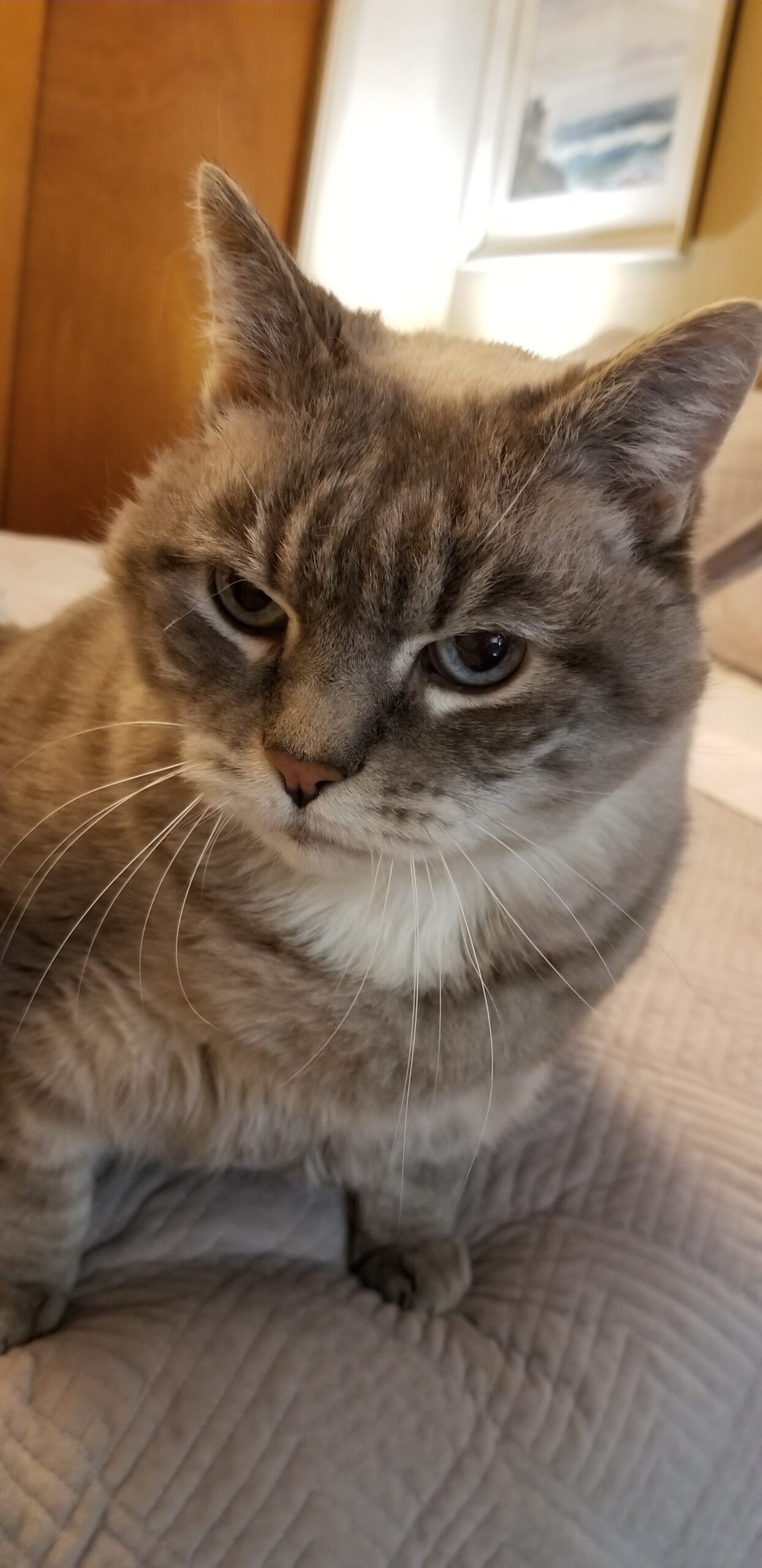
Last post, we discussed how creating a passionate character helps readers engage. Today, we’ll talk about how conflict helps your characters move through their passions to achieve a goal.
Writing Tip for Today: What are some ways to increase conflict in your characters?
Pros and Cons
If we call our character the protagonist, it makes sense to have a character who acts contrary to that protagonist. We usually label this person(s) the antagonist or “bad guy.” If your character doesn’t have anything standing in the way of the goal, the story falters.
When we fail to create a sufficiently antagonistic foil for our hero, readers lose interest. It’s natural to want to protect our character, but without that pushback, the goal isn’t worthy. Making the goal too easy drains away all the conflict. We tend to think of conflict as violence, but conflict can be psychological or emotional too.
Every person needs to feel accepted, to be loved. An antagonist who opposes or thwarts finding belonging or love helps the hero character battle to win. So whether your story involves actual battles or battles of the mind or emotions, you’ll need at least one person, group or even Nature for your hero to struggle with as they fight for the main goal.
Inner Antagonists
Our stories often feature a character who is also battling the self. A character who only wields a sword or fights in surface ways will be seen as shallow. Give your character some compelling reason for fighting for the goal. The Star Wars franchise is a classic example. Luke Skywalker and company battle the evil Empire on a galactic scale, but each main character also has compelling reasons for the fight—righting a wrong, avenging a death or winning a love.
If these reasons sound like a lot of backstory, it’s true. And while you’ve heard the advice against inserting back story (especially in the opening), you can still use a character’s past hurts or anger in every action scene you write.
If your point of view is your Main Character, every action, thought and emotion can still reflect the attitude, determination and/or resentment that character carries all the time. Let that color every inner thought, every line of dialogue and every action and reaction.

Plate Tectonic Conflict
Many times, your character’s conflict will surface more as pressure (should I do this or that?) than fisticuffs. Good stories rely on this pressure building (tension) as we move closer to the climax scene. One purpose of this building pressure is to keep readers guessing: Will he learn anything? Will she overcome her own past to become a better person? Will they save the galaxy from tyranny?
Every scene needs to build on the previous scene’s pressure. By squeezing your character into a tighter and tighter situation, readers also build suspense. When the pressure blows and the earthquake hits, readers will want your character to succeed—but only if they’re convinced the character has earned the goal.
As you build the tension, remember that conflict can build not only from arguments or fighting. Lies told, secrets hid and that inner battle all join to create more and more pressure, relieved only by the climax and resolution. Keep your readers engaged by writing scenes that produce higher and higher amounts of friction.




